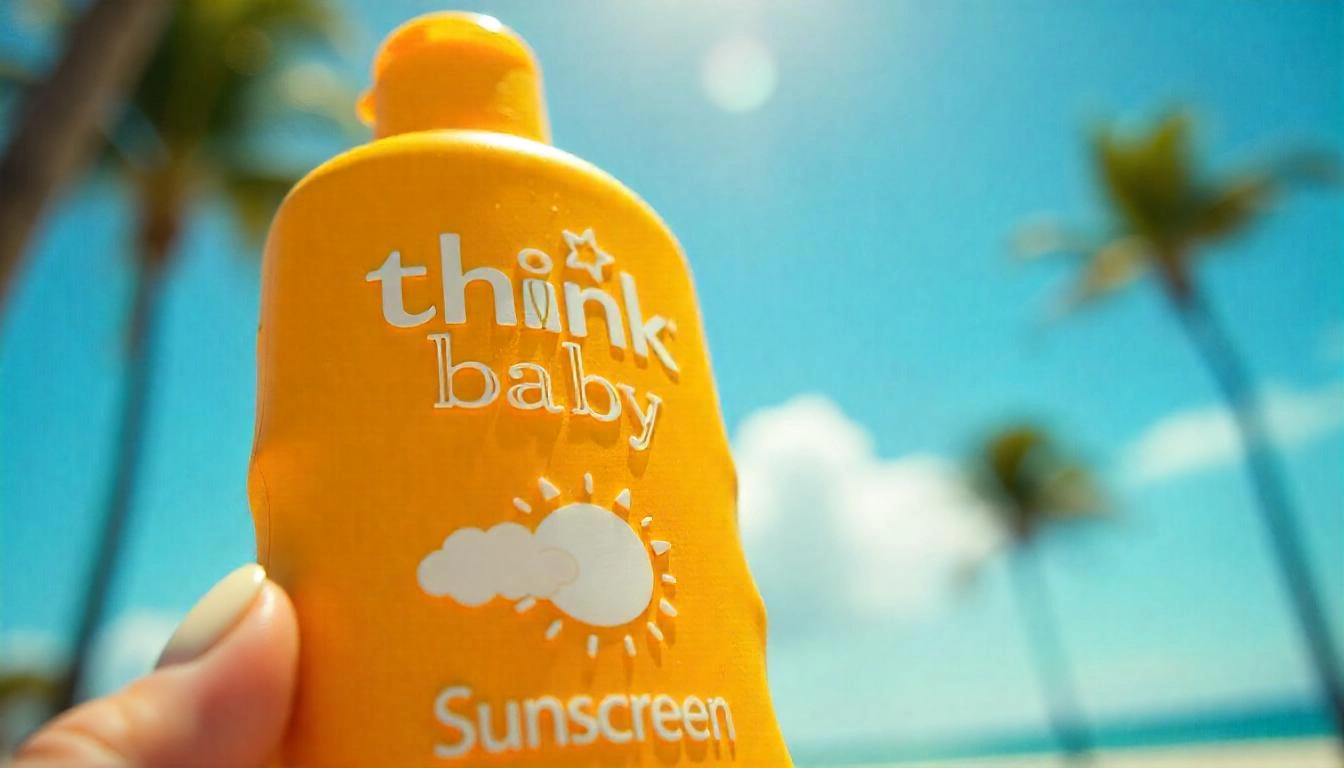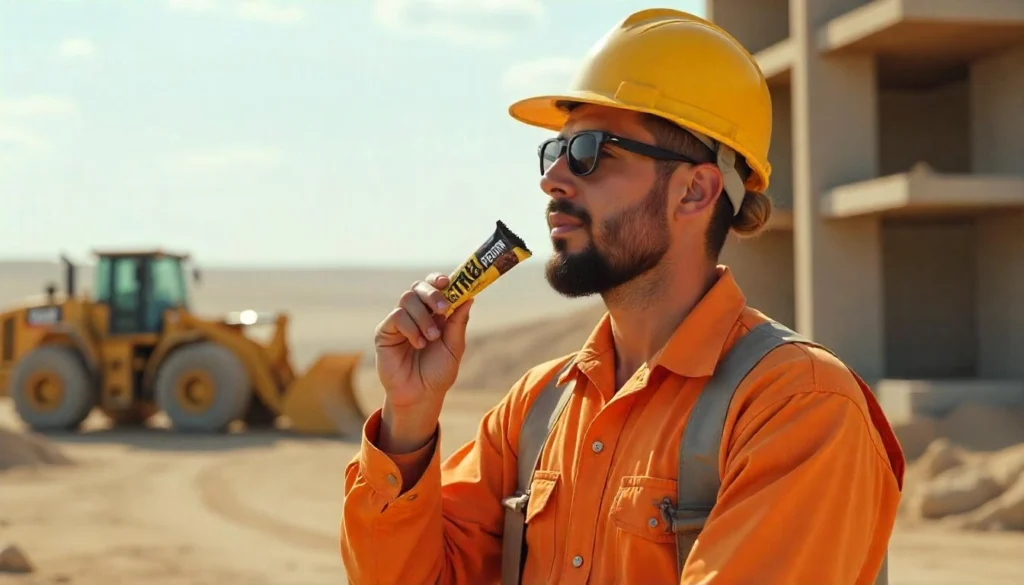Sunshine is essential for health and happiness, but when it comes to your baby’s delicate skin, a little sun goes a long way. As parents, we want our little ones to explore the world safely—including those warm, sunny days at the park or the beach. But protecting baby skin from the sun requires more than just a hat and a shady stroller. Choosing the right sunscreen—one that’s truly safe for babies—can feel overwhelming, especially with so many confusing labels and unfamiliar ingredients.
In this guide, we’ll explore why baby skin needs extra care in the sun, what ingredients to avoid, and how to choose a sunscreen that actually works without compromising your child’s health.
Why Baby Skin Needs Special Care
A baby’s skin is not just softer or more sensitive—it’s biologically different from adult skin. Newborn skin is thinner and more permeable, meaning it absorbs substances more easily and loses moisture faster. This makes it more vulnerable not only to sunburn, but also to irritation from chemicals and allergens.
Melanin, the pigment that provides some natural protection from UV rays, is also present in lower amounts in babies. This means their skin is more likely to burn with even limited sun exposure. In fact, pediatricians recommend keeping babies under six months out of direct sunlight entirely. But for those times when sun exposure is unavoidable—like during a walk or playtime outdoors—sun protection becomes a must.
What to Look For in Baby Sunscreens
When shopping for sunscreen for your baby, the ingredient list is your most important tool. Baby-safe sunscreens rely on physical (also known as mineral) blockers rather than chemical ones.
Choose Mineral Over Chemical
Mineral sunscreens use zinc oxide or titanium dioxide as their active ingredients. These minerals sit on top of the skin and physically block UV rays from penetrating. Because they are not absorbed into the skin, they are far less likely to cause irritation or hormonal disruption.
In contrast, chemical sunscreens contain ingredients like oxybenzone, avobenzone, octinoxate, and homosalate. These work by absorbing into the skin and then converting UV rays into heat. While effective for adults, many of these chemicals have raised red flags when it comes to safety, especially for babies.
Here are some sunscreen ingredients to avoid for babies:
- Oxybenzone: Known to be a hormone disruptor and can cause allergic reactions.
- Octinoxate: Potential endocrine disruptor and banned in some places for its impact on coral reefs.
- Retinyl Palmitate: A form of vitamin A that may accelerate skin damage under sun exposure.
- Fragrances and parabens: Common causes of irritation or allergic reactions in infants.
A good baby sunscreen will contain only non-nano zinc oxide or titanium dioxide as the active ingredient. “Non-nano” means the particles are too large to penetrate the skin barrier, which adds an extra layer of safety.
Other Features That Make a Sunscreen Baby-Friendly
Besides the active ingredients, several other factors contribute to a sunscreen’s safety and effectiveness for infants:
Broad Spectrum Protection
Ensure the sunscreen offers broad-spectrum protection, which shields against both UVA and UVB rays. UVB rays cause sunburn, while UVA rays can lead to deeper skin damage over time.
Water Resistance
Babies may not be swimming laps, but between drooling, sweating, and wriggling, water resistance helps the sunscreen stay effective.
Fragrance-Free and Hypoallergenic
Look for formulas labeled fragrance-free and hypoallergenic. Babies’ noses and skin are sensitive, and unnecessary additives can cause more harm than good.
SPF 30 to 50
SPF 30 is generally sufficient, offering around 97% protection from UVB rays. Higher SPFs can offer marginally more coverage, but not dramatically so—and no sunscreen blocks 100% of rays. More important than SPF is reapplying every two hours, or after water exposure.
Our Experience with Mineral Formulas
As new parents, we quickly learned that not all “baby” sunscreens are created equal. Some left our baby’s skin red and irritated. Others were so greasy or chalky that they made applying sunscreen feel like a wrestling match.
Eventually, we landed on mineral-based sunscreens with simple, trustworthy ingredients. One standout in our journey was think baby sunscreen. With non-nano zinc oxide as the only active ingredient, and a creamy, easy-to-apply texture, it offered everything we were looking for: broad-spectrum protection, water resistance, and zero fragrance. Best of all, it never caused breakouts or stung our baby’s eyes, which is a small miracle in itself.
We’re not loyal to just one brand, think baby sunscreen remains one we consistently reach for on sunny days.
Tips for Safe Sun Time Beyond Sunscreen
Sunscreen is just one part of the sun protection puzzle. Here are other key ways to keep your baby safe:
- Timing is everything: Avoid outdoor play between 10 a.m. and 4 p.m., when UV rays are strongest.
- Dress smart: Lightweight, long-sleeved clothing, wide-brimmed hats, and UV-protective swimwear can make a big difference.
- Seek shade: Use umbrellas, stroller canopies, or find a tree for natural shade whenever possible.
- Reapply often: Every two hours, or sooner if your baby is sweating or playing in water—even with water-resistant formulas.
Remember, babies under six months should not wear sunscreen unless absolutely necessary. Instead, keep them covered and out of direct sun as much as possible. For babies older than six months, mineral sunscreen is a safe addition to your outdoor routine.
Final Thoughts: Keep It Simple, Keep It Safe
As a parent, your instincts for protection are strong. But the choices around products and safety can be surprisingly complex. When it comes to sunscreen, the best path forward is clear: choose mineral-based formulas with minimal, transparent ingredients, and avoid anything that reads like a chemistry experiment.
Think of sun protection as a combination of common sense and good habits: limit exposure, dress wisely, and choose sunscreen carefully. Products like think baby sunscreen provide peace of mind, but ultimately, the best sunscreen is the one you can use consistently and confidently.
Why Women Who Think Too Much – a thoughtful take on the emotional weight of overthinking.



